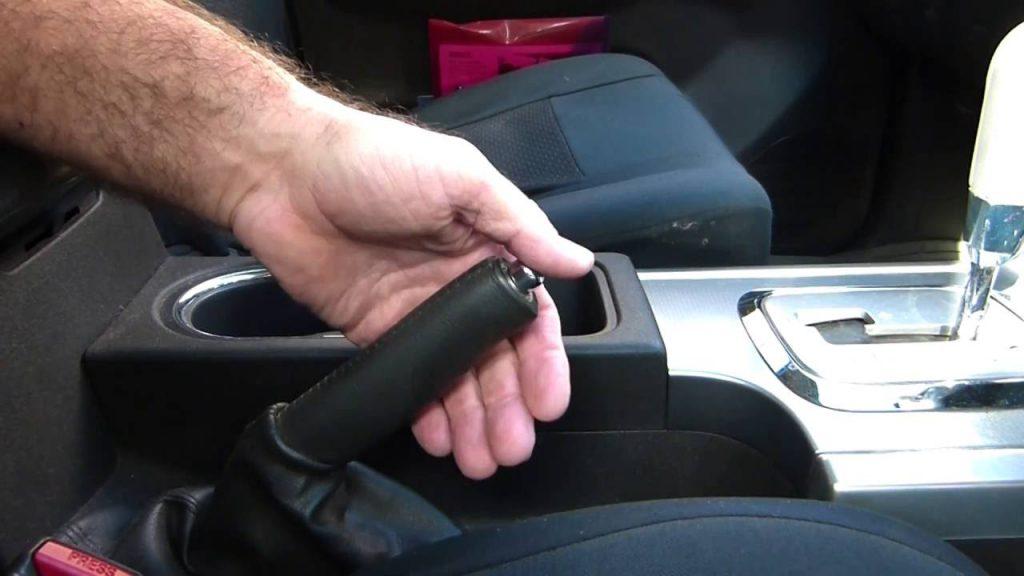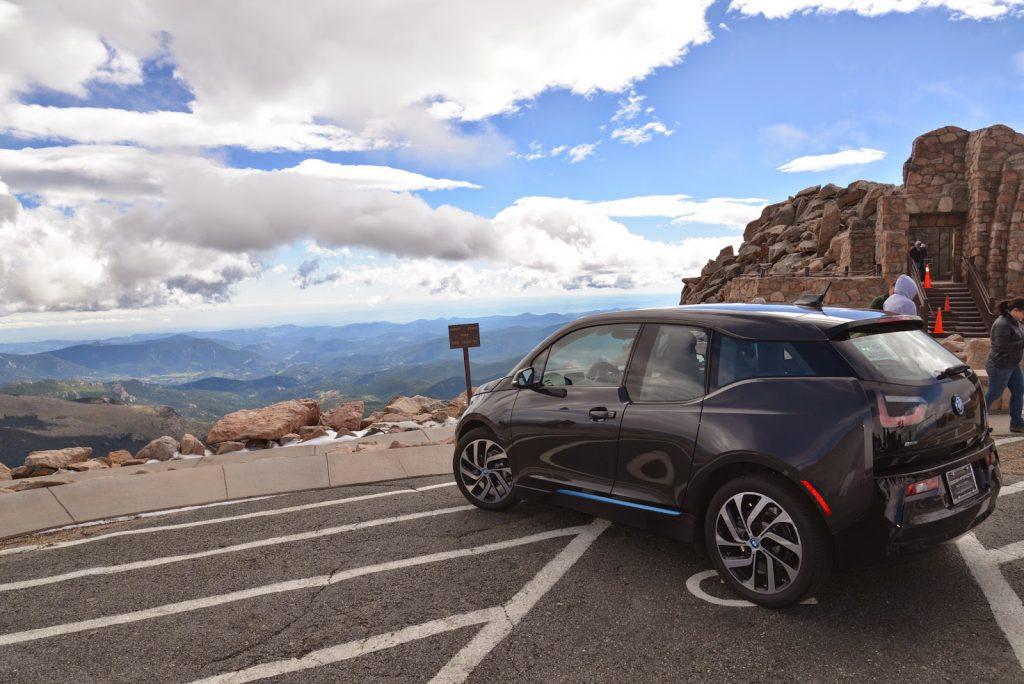Parking Brake Or Emergency Brake Does Not Work? Know The Troubleshooting Process Here
An emergency brake works on the cable connected to the axle and the hand lever. The first thing to consider if the emergency brake does not work is to investigate the cable and repair it significantly.
A parking brake or emergency brake is one of the essential things in the car. Your car always needs a break after any fruitful journey.
A professional driver never forgets to engage the emergency brake in any situation, be it the hills or any parking area.
The emergency brakes operate through a hand lever. As the name suggests, the main purpose of parking brakes is to stop the car from bulging while it’s parked.
Let’s talk about “how to troubleshoot this trouble” in the car below
What To Do When An Emergency Brake Does Not Work? The Troubleshooting Process
The parking brake or emergency brake is just as the regular pedal brake engaged to stop the car. However, things are a little different with emergency brakes because it makes sure that the car does not move from the place.
The parking brake functions through a hand-operated lever that is located in the middle of the passenger and driver seat.
The professionals call this process the brake mechanism connected through a parking brake cable. This cable is the first thing to look upon when the handbrake doesn’t work.
So, let us talk about the whole troubleshooting process to get rid of this right now
1. Investigate The Cable For Any Bumps Or Twists
The general problem with an emergency brake is that the cable begins to twist or bump from some places. As soon as the car continues to slide even after engaging the brake lever, Bad Luck!
The emergency brakes are gone. The first step one can take after the emergency brake does not work is to examine the entire cable from hand lever to the wheel drums. Investigate the cable for kinks, bumps, or cuts and continue the process.

SEE MORE:
- Warning Signs of Brake Problems That One Must Not Ignore
- Brake Pedal Stuck to Floor? Here is How to Get Rid of It
2. Repair Or Replace
This problem can arise even after driving over the bumpy roads. The holes make the cable go out of alignment and interfere with the braking system.
If things are like that, then put the cable in place and try to align it perfectly. Alternatively, if the emergency brake is still not working, go for the replacement in no time.
3. Clean Out The Brake Trums
The dusty or dirty brake drums are the common issues related to brake failure. The dirt starts to blend with the oil and result in brake choking.
Clean all the dirt and oil from brake shoes and brake drums to avoid these finicky situations. Opting for maintenance tips from the experts might assist in bearing these circumstances.

>> You are interested in a used car from Japan, buy now <<
FAQs
-
How can I diagnose the issue with my parking brake?
To diagnose the problem, you can start by inspecting the parking brake lever, cables, and the components in the braking system.
Look for visible damage or signs of wear. Additionally, you may need to check the brake fluid level in the master cylinder reservoir.
-
Can I drive my vehicle with a non-functional parking brake?
It is not recommended to drive your vehicle with a non-functional parking brake, as it can compromise safety, especially when parking on slopes or inclines.
A malfunctioning parking brake can also lead to increased wear on the transmission’s parking pawl.
-
How much does it typically cost to repair a parking brake?
The cost of repairing a parking brake can vary widely depending on the make and model of your vehicle and the extent of the damage. It’s best to consult a mechanic or automotive technician for a specific estimate.
-
Is it possible to repair the parking brake myself, or should I seek professional help?
Repairing a parking brake can be a complex task that requires knowledge of the braking system and the right tools. If you’re not experienced with automotive repairs, it’s generally recommended to seek the assistance of a qualified mechanic.
-
Are there any maintenance tips to prevent parking brake issues?
Regular maintenance, such as inspecting and lubricating the parking brake components, can help prevent issues.
Additionally, following proper parking procedures, such as not engaging the parking brake when the vehicle is in motion, can extend the life of the system.
-
Is the parking brake related to the regular brake system of the vehicle?
While the parking brake and regular brake system share some components, they are separate systems.
The regular brake system is primarily responsible for slowing or stopping the vehicle when it’s in motion, while the parking brake is used to keep the vehicle stationary when parked.
-
Can a malfunctioning parking brake affect vehicle safety inspections or emissions testing?
Depending on your local regulations, a malfunctioning parking brake could potentially affect your vehicle’s ability to pass safety inspections.
It’s essential to address any parking brake issues to ensure your vehicle complies with safety standards.
Check out this video from 1A Auto to learn how to deal with stuck car parking brake!
Wrapping Up
That’s all! These were some of the troubleshooting tips to consider when the emergency brake does not work properly.
Remember that the parking brake is a crucial safety feature in your vehicle, so it’s important to address any issues promptly to ensure your safety and the safety of others on the road.
Keep these vital tips in mind to tolerate these conditions in no time!














